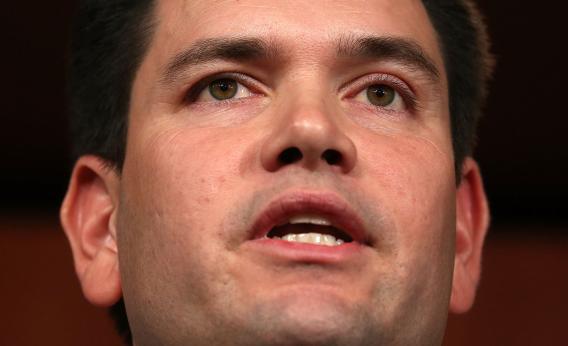My column for today argues that Marco Rubio’s speech last night represented a comeback for Bushonomics—no more austerity posturing, just lots of tax cuts.
So how did Bushonomics work out? Ezra Klein says the problem was inequality: “Growth was healthy throughout the George W. Bush years, for instance, but it all seemed to accrue in the bank accounts of the very wealthy.” But if you look at it, growth really wasn’t that healthy. Without making any claims about causal attribution, real GDP growth per capita during Bush’s eight-year term averaged just 1.1 percent. That’s way worse than under Clinton or Reagan or even Jimmy Carter. We had a lot of inequality, too, but it was firmly grounded in a baseline of crappy growth. Part of Rubio’s effort to revive Bushonomics is the view that budget balancing doesn’t matter because we’ll be achieving 4 percent annual real GDP growth. That was roughly Bush’s own rationale for his 2001 and 2003 tax cuts and indeed, the George W. Bush Institute has a 4 percent Growth Project centered on this theme. But the actual George W. Bush administration gave us a weakish recovery from a mild recession, a couple years of growth, then a mild recession centered on the construction industry, and then a huge economic collapse. Bad times.
More broadly, I don’t see much evidence that strong but wildly inegalitarian growth is even possible. Periods of strong growth tend to be periods of broad-based growth. You can give that a progressive gloss about how durable growth needs to be broadly based, or you can give it a conservative gloss about how strong growth is necessarily egalitarian because it reduces scarcity. But one way or another, I think it’s fantastically unlikely that we’ll actually live through a scenario where the Rubio administration delivers 4 percent growth but the middle class loses out anyway.
